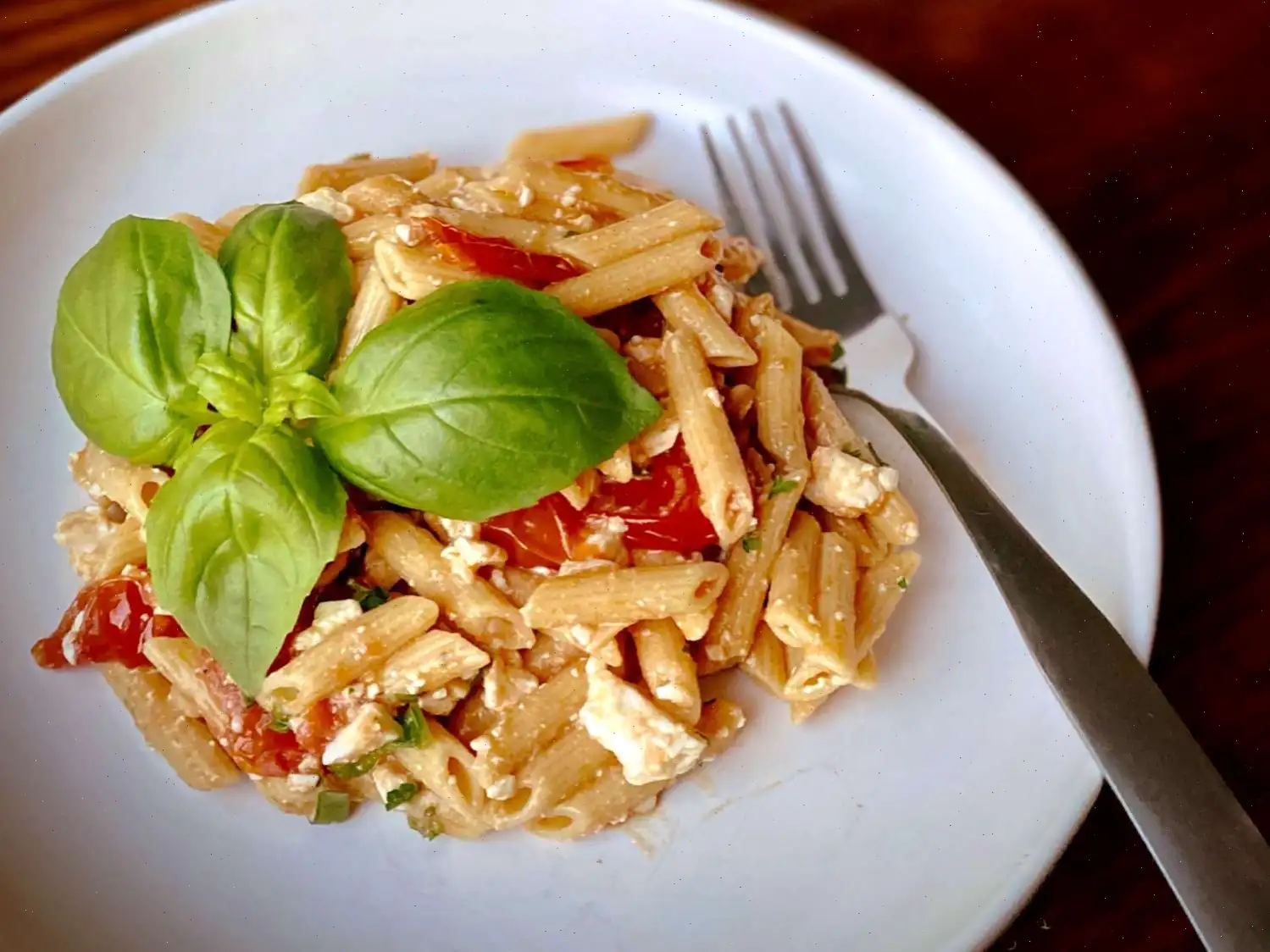
Saganaki (Flaming Greek Cheese) Recipe
Ingredients
- 1 (4 ounce) package kasseri cheese
- 1 tablespoon water, or as needed
- cup all-purpose flour, or as needed
- 1 tablespoon olive oil
- 2 tablespoons brandy, at room temperature
- lemon, or to taste
- 1 tablespoon freshly chopped Italian parsley
Directions
Step 1: Brush each side of the kasseri cheese with water. Then, dredge both sides in flour, ensuring that the surface is fully coated.
Step 2: Preheat a well-seasoned cast-iron skillet on medium-high heat until smoking. Add olive oil to the skillet.
Step 3: Carefully place the floured cheese into the hot oil. Cook until the cheese begins to ooze and a golden-brown crust forms, about 2 minutes.
Step 4: Quickly flip the cheese over with a spatula. Continue frying until the bottom turns golden brown, about 30 seconds more.
Step 5: Remove the skillet from the heat and place it onto a plate lined with a napkin to absorb excess oil.
Step 6: Pour the brandy into the skillet over the cheese. Carefully light the brandy using a fireplace lighter or long match.
Step 7: Once the flames begin to subside, squeeze fresh lemon juice over the cheese to extinguish the remaining flames and add brightness to the dish.
Step 8: Garnish with freshly chopped Italian parsley and serve immediately.
Chef's Notes
This dish can also be made using halloumi cheese, which does not melt, but still provides a delicious crispy exterior. You can also experiment with other cheeses like Graviera, Kefalograviera, Kefalotyri, or even firm feta cheese. Feel free to use any high-proof liquor for this recipe, and for a slightly different flavor, you can garnish with oregano instead of parsley.
Nutrition Facts (per serving)
| Calories | 391 |
| Total Fat | 25g (33%) |
| Saturated Fat | 11g (56%) |
| Cholesterol | 61mg (20%) |
| Sodium | 544mg (24%) |
| Total Carbohydrate | 15g (5%) |
| Dietary Fiber | 2g (6%) |
| Total Sugars | 0g |
| Protein | 16g (33%) |
| Vitamin C | 24mg (27%) |
| Calcium | 431mg (33%) |
| Iron | 1mg (6%) |
| Potassium | 68mg (1%) |
* Percent Daily Values are based on a 2,000 calorie diet. Your daily values may be higher or lower depending on your calorie needs.
** Nutrient information is not available for all ingredients. Amount is based on available nutrient data.
If you are following a medically restrictive diet, please consult your doctor or registered dietitian before preparing this recipe for personal consumption.

Origin and History
Saganaki is a beloved Greek dish, named after the small frying pan (called a "saganaki") used to cook the cheese. The dish is typically made by frying cheese and flambing it with brandy or ouzo for dramatic effect. The origins of saganaki can be traced back to Greece, where cheese has been a central part of the cuisine for centuries. The dish is often associated with Greek tavernas and restaurants, where it is served as a spectacular appetizer, often flamed at the table for added flair.
Regional Variations
There are many regional variations of saganaki across Greece. While the most common cheese used for saganaki is kasseri, a semi-hard cheese made from sheep's milk, other regional cheeses such as kefalotyri, halloumi, or graviera can also be used. In some parts of Greece, the dish is served with a splash of lemon or even a sprinkle of oregano. The method of flambing the cheese is a tradition that adds a touch of excitement to the dish, making it popular not only for its taste but also for the dramatic presentation.
Differences from Similar Dishes
Saganaki is often compared to other fried cheese dishes, such as the French "croquette" or Italian "frittura." However, what sets saganaki apart is the flambing process. While other fried cheeses are simply cooked in oil, the flaming of brandy or ouzo at the end of the cooking process is what gives saganaki its unique appeal. This fiery finish creates an intense flavor profile, as the alcohol burns off, leaving a subtle, aromatic essence behind. In contrast, dishes like mozzarella sticks or paneer in other cuisines lack the theatrics and smoky flavor that come with flambing.
Where Saganaki is Served
Saganaki is a staple of Greek cuisine and is often served as an appetizer in traditional Greek restaurants or tavernas. In Greece, it is a popular dish for special occasions, family gatherings, or a night out with friends. The dramatic presentation of the flaming cheese makes it a crowd favorite, perfect for sharing. Saganaki is commonly paired with pita bread, fresh salads, and a glass of ouzo or wine. Outside of Greece, it can be found in Greek-owned restaurants worldwide, especially in areas with large Greek communities, such as Chicago or New York City.
Fun Facts about Saganaki
- Saganaki is often set on fire tableside, creating a thrilling and memorable experience for diners.
- The dish's name "saganaki" refers to the small frying pan traditionally used to cook the cheese.
- Flambing the cheese adds a smoky, rich flavor that is a hallmark of the dish.
- While the dish is most commonly made with kasseri cheese, variations using halloumi, feta, or kefalotyri are also popular.
- The flambing process is a nod to Greek hospitality, where serving an impressive dish is a way to show generosity and pride in their culinary heritage.
You can listen to this recipe in AI audio format. Simply click the play button below to listen to the content in a format that suits you best. It’s a great way to absorb information on the go!








